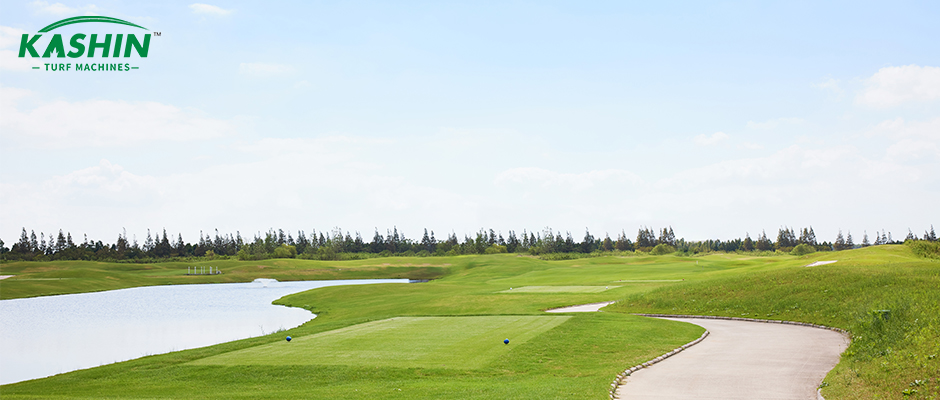Plant water saving Cultivate and select grass species and varieties with low water consumption or drought tolerance. Using lawn grass with low water consumption can directly reduce the amount of irrigation. Drought-tolerant grass species will reduce the frequency of irrigation. Scientific measurement results show that there are large differences in lawn water consumption and drought tolerance between different lawn grass species and different varieties. There is great potential for water saving by selecting appropriate lawn grass.
In addition, the application of molecular biology technology has greatly promoted the cultivation of drought-resistant lawn grass, opening up new prospects for lawn water saving. The three ways to save water in lawns are equally important in lawn construction and maintenance management, and comprehensive utilization will improve the water-saving efficiency of lawns. In addition, water saving must be considered from a large-scale landscape construction, and the water demand of landscape plants in a certain area and the amount of water that can be provided by nature and man in this area should be considered as a whole. Water saving should be carried out on the basis of this supply and demand balance. Achieving the purpose of water saving by cutting down a certain water-consuming landscape plant and replacing it with drought-tolerant or low-water-consuming plants alone will often reduce the function of plants in urban landscapes and sometimes lead to increased water consumption. For example, research results show that lawns can reduce the temperature of their surroundings through transpiration, and can also effectively reduce the long-wave radiation of strong sunlight on the ground. Planting lawns in shrubs and under forests can effectively reduce transpiration on the back of shrub and tree leaves, and the stomata of these plants that lose water are mainly distributed on the back of the leaves, which is very important for reducing the water consumption of trees.

It can be seen that the communities composed of various plants in urban plant landscapes are interconnected and interact with each other. People design and build urban landscapes to improve the living environment of urban populations, and water conservation should take into account the functions of urban landscapes.
Post time: Oct-30-2024
